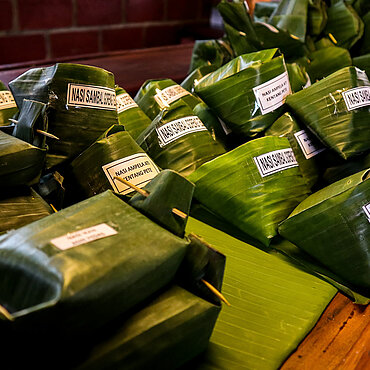China: Highlights of the revised PRC Trademark Law
The Standing Committee of the Chinese National People's Congress on 30 August 2013 passed the third amendment to the Trademark Law of the People’s Republic of China (PRC). The revised Trademark Law will come into effect on 1 May 2014 and will introduce important changes.
1. Background to changes
China's current trademark law was enacted in 1982 and has been amended twice since, in 1993 and in 2001. Even though the old trademark law has played a great role in promoting the standardisation of trademark registration, management and the protection of trademarks in China, some of its contents did not cater for current needs anymore. Examples include the rather complicated registration process, long waiting times for the registration of trademark rights, ineffective measures against malicious trademark registrations and trademark infringements etc.
2. New time limits for trademark examinations
It has been the first time in PRC trademark law history that new time periods for examinations have been set so as to shorten the registration process period. The time limit for examinations of trademark applications by the Chinese Trademark Office (CTMO) will now be nine months. The time limit for oppositions filed with CTMO will be 12 months and can be extended by another six months. The time period for the review of oppositions by the Trademark Review and Adjudication Board (TRAB) will be 12 months and can be extended by six months. The time limit for the review of the refusal of an application will be nine months and can be extended by another three months. New time limits will also apply to trademark invalidation and cancellation procedures.
3. Changes to the opposition procedure
The revised Trademark Law will also materially amend the current CTMO opposition procedure. Under the current law, opponents have to file reviews with TRAB following unsuccessful oppositions. Under the new Trademark Law, opponents now need to go through a new procedure called “invalidation”. This new provision was generally regarded to be a disadvantage for international brand owners since they were generally the ones to file oppositions. The CTMO will allow immediate registration if an opposition claim is denied by the CTMO. During the period of invalidation procedure the applicant will be allowed to use the trademark until it is invalidated.
4. Strengthening trademark owner protection
One of the most notable changes will be the increase of statutory damages from RMB 500,000 to RMB 3 million. Furthermore, in the future, in situations in which despite its efforts a trademark owner cannot provide the necessary evidence because the financial books and other evidence relevant to the infringement are controlled by the infringer, the court will be given more power to request materials directly from the alleged infringer so as to determine the compensation amount.
5. Connection to Competition Law
If in the future any company uses a registered trademark or a well-known unregistered trademark as its trade name and causes public confusion, the new Trademark Law specifically provides that the PRC Law against Unfair Competition will apply.
There are more new provisions to be introduced by the new Trademark Law which will not be detailed here. Although there are still many issues that need to be clarified, the revised law is a marked improvement from the old law. Whether or not it will be successfully implemented will only be seen from May 2014 onwards.

Melden Sie sich hier zu unserem GvW Newsletter an - und wir halten Sie über die aktuellen Rechtsentwicklungen informiert!




